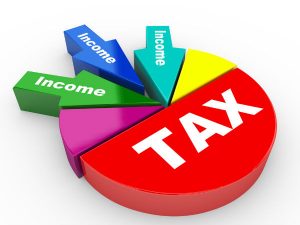Minister’s Reply to Rajya Sabha regarding Restoration of Old Pension System in place of Contributory Pension System
Shri Santosh Kumar Gangwar, Minister of State in the Ministry of Finance, reply to Rajya Sabha regarding Restoration of Old Pension System in place of Contributory Pension System
GOVERNMENT OF INDIAMINISTRY OF FINANCEDEPARTMENT OF FINANCIAL SERVICESRAJYA SABHAUN STARRED QUESTION NO. 2130TO BE ANSWERED ON MARCH 21, 2017/PHALGUNA 30, 1938 (SAKA)RESTORATION OF OLD PENSION SYSTEM IN PLACE OF CONTRIBUTORY PENSION SYSTEM2130. Shri T. G. VenkateshWill the Minister of FINANCE be pleased to state:(a) whether it is a fact that the newly introduced Contributory Pension System is not beneficial to the employees and so the employees unions are requesting Government to re-introduce the old pension system in its place, if so, the details thereof; and(b) whether any representation has been received in this regard by Government, if so, the details thereof and the stand of Government in this regard?ANSWERThe Minister of State in the Ministry of Finance
(Shri Santosh Kumar Gangwar)(a) & (b) National Pension System (NPS), which is a contributory pension system, has, inter alia, the following features which benefit the employees:
- NPS is a well designed pension system managed through an unbundled architecture involving intermediaries appointed by the Pension Fund Regulatory and Development Authority (PFRDA) viz. Pension Funds, Custodian, Central Record keeping and Accounting Agency, National Pension System Trust, Trustee Bank, Points of Presence and Annuity Service Providers. It is prudently regulated by PFRDA which is a statutory regulatory body established to promote old age income security and to protect the interests of subscribers of NPS.
- Dual benefit of Low Cost and Power of Compounding– The pension wealth which accumulates over a period of time till retirement grows with a compounding effect. The all-in-costs of the institutional architecture of NPS are among the lowest in the world.
- Tax Benefits– Tax benefits are available to the NPS subscribers under various provisions of the Income- tax Act, 1961.
Transparency and Portability is ensured through online access of the pension account by the NPS subscribers, across all geographical locations and portability of employments.- Partial withdrawal– Subscribers can withdraw up to 25% of their own contributions towards their pension account, before attaining superannuation age for certain specified purposes subject to certain conditions.
Representations have been received from certain quarters regarding the implementation of NPS which, inter alia, include the demand that NPS may be scrapped and the Government may revert to old defined benefit pension system. However, there is no proposal to replace the NPS with old pension scheme in respect of Central Government employees recruited on or after 01.01.2004.
Read More ->>











 A crisp income tax form for salaried individuals will be introduced from April 1, doing away with some columns to simplify the filing of returns.
A crisp income tax form for salaried individuals will be introduced from April 1, doing away with some columns to simplify the filing of returns.
 →
→








